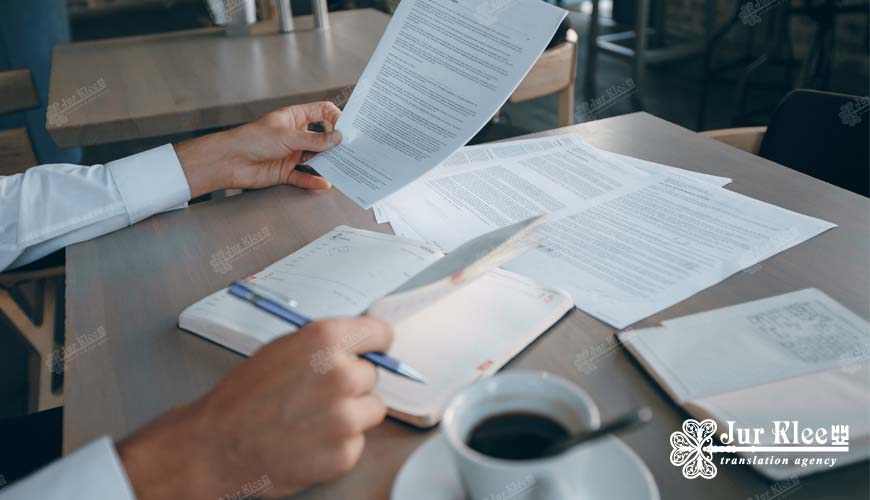
The stages of creating a high-quality translation
Creating a high-quality translation is a multifaceted process that requires careful planning, professional skills and attention to detail. In this article, we will look at the main stages that must be completed to obtain a high-quality translation that corresponds to the original text and meets the requirements of the target audience.
Stage 1: Preparing for the translation
The first step in the translation process is to analyze the source text. The translator must carefully read the text, understand its content, style and target audience. It is also important to determine which terms and phrases may require additional research or coordination with the customer.
Knowing the target audience helps to adapt the translation to the cultural and linguistic characteristics of a particular group of people. For example, the translation of a marketing text for teenagers will be different from the translation of a scientific article for specialists.
To ensure consistency of translation throughout the text, the translator can compile a glossary of key terms and phrases. This is especially important when working with technical, medical and legal texts, where the accuracy of terminology plays a key role.
Stage 2: Text translation
At this stage, the translator performs the first draft translation of the text. It is important to preserve the basic meaning and structure of the original, without being distracted by small details. A draft translation allows you to create a foundation that can be improved in the next stages.
After completing the draft translation, the translator returns to the text for editing and improvement. At this stage, grammatical errors are corrected, terms are clarified, and the style and smoothness of the text are improved. The translator also checks that all parts of the text are translated and nothing is missing.
If necessary, the translator can seek the advice of experts in a particular field to clarify the terms and ensure the accuracy of the translation. This is especially important when working with highly specialized texts that require in-depth knowledge of the subject.
Stage 3: Proofreading and quality control
Before transferring the translation to the customer, the translator conducts internal quality control. This includes checking for spelling and punctuation errors, as well as evaluating the overall quality of the text. It is important to make sure that the translation meets the requirements of the customer and the target audience.
At this stage, the text can be submitted to a professional editor or proofreader for additional verification. The editor helps to improve the style and logic of the text, and the proofreader eliminates minor errors and typos. The joint work of the translator and the editor ensures the high quality of the final product.
Stage 4: Completion of the project
After completing all the stages of verification and editing, the translator performs a final check of the text to make sure that all requirements are met and the translation is ready for transfer to the customer. It is also important to coordinate all the key points with the customer and get his approval.
Before transferring the translation to the customer, it is necessary to make sure that the text is designed in accordance with the required format. This may include customizing fonts, spacing, page numbering, and other formatting elements. The finished translation should be presented in a readable and professional way.
At the final stage, the translation is transferred to the customer. The translator can provide both an electronic and a printed version of the text, depending on the customer's requirements. It is also important to discuss the possibility of making changes and edits after the project is completed.
Creating a high-quality translation is a multi-step process that requires attention to detail, professional skills and cooperation with experts. Following these steps allows you to ensure the accuracy, consistency and compliance of the translation with the source text and the requirements of the target audience. As a result, the customer receives a high-quality translation that can be confidently used in any situation.
